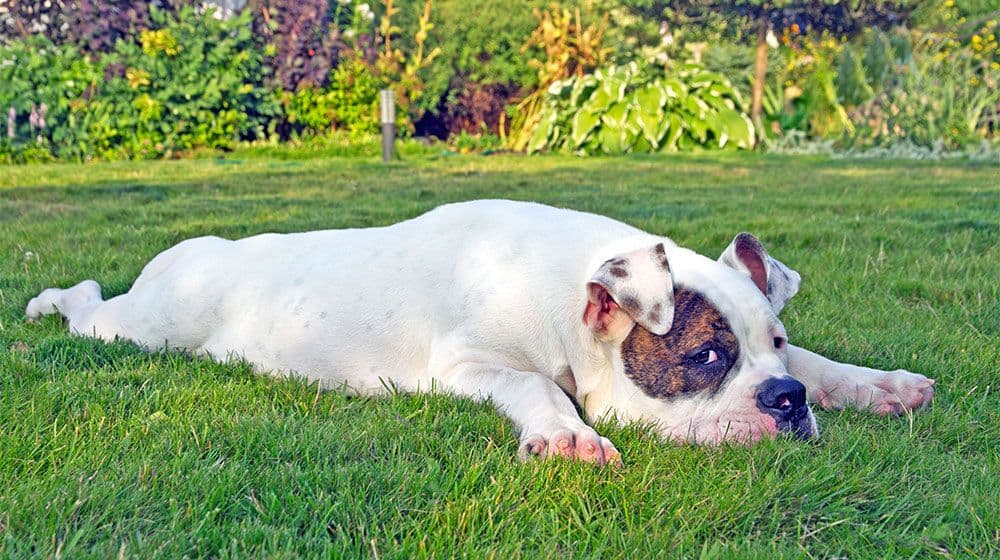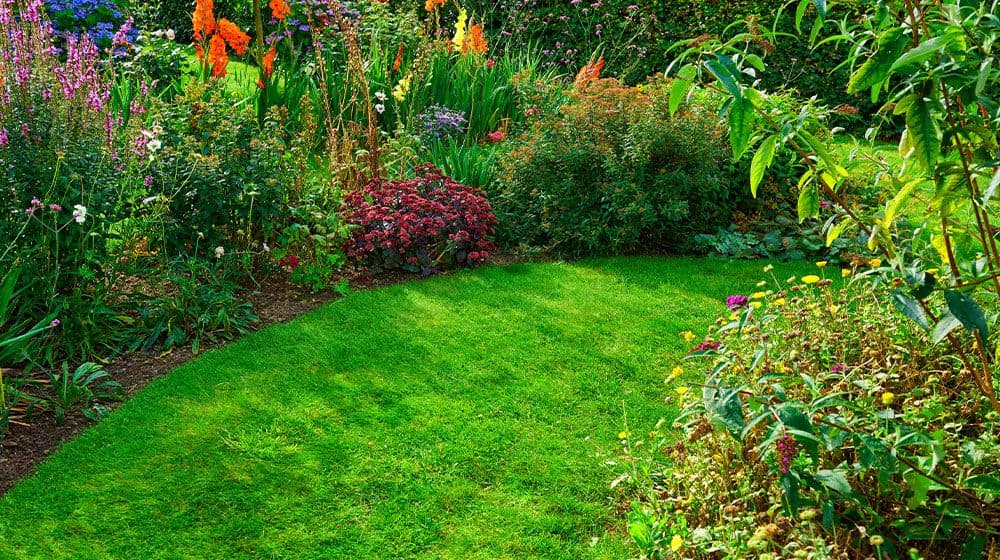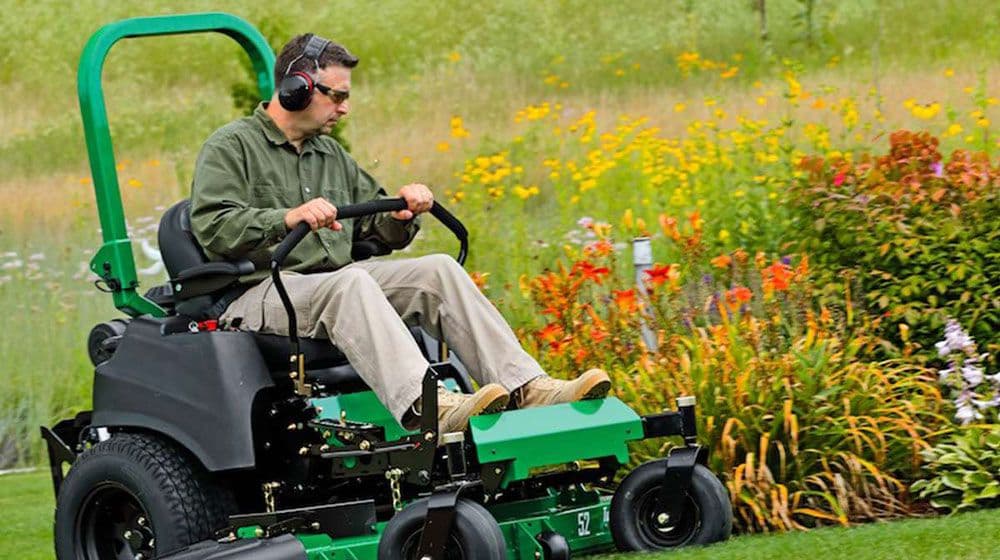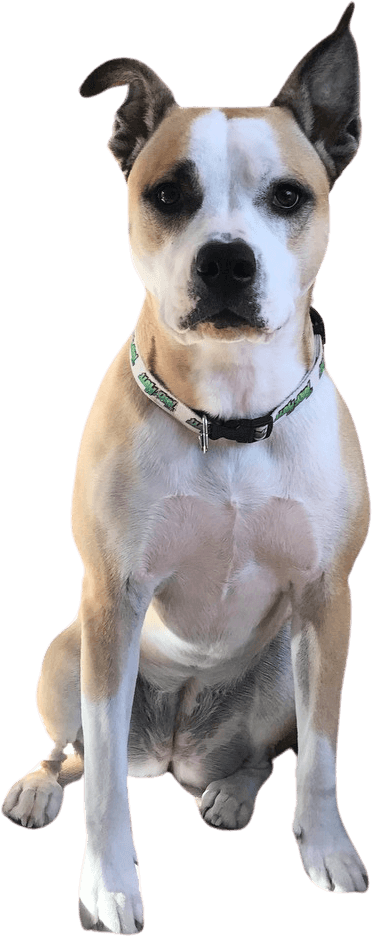Backyarding Basics: Yard 101 🌱
Work in your yard, and it will work for you. It’s one of the credos of the TurfMutt Foundation. But what exactly do you need to do? Here are TurfMutt’s tips:
Plant Real Grass
Real grass is better for the environment and feels better on bare feet and paws. Plus, it helps sequester carbon from the atmosphere and reduce runoff by capturing and filtering rainwater.

Know Your Climate Zone
Check out the USDA Plant Hardiness Zone Map to learn which plants, grasses, shrubs and trees are most likely to succeed where you live. Do you have long, hot summers? Are you in an arid region or a wet one? Understanding your environment will help you select climate-appropriate plants that will thrive with minimal input from you.

Create a Balanced Landscape
Yards are a vital home habitat for pollinators (bees, butterflies and birds) and backyard wildlife who rely on your backyard ecosystem for food and shelter. Planting a variety of nectar and pollen-rich flowers that are appropriate for your climate will nourish pollinators. To find the best plants to support community wildlife in your area, consult the National Wildlife Federation’s Native Plant Finder.

Remember, “Right Plant, Right Place”
Determine how you want to use your yard, and then plant accordingly. Do you need a shade tree to sit under? Do kids and pets need a grassy area to play on? You can use plants and shrubs to indicate which areas of the yard are set up for which activities. Choose the right plants for your climate and lifestyle, and you’ll be rewarded with a beautiful and purposeful green space your entire family will enjoy.

Maintain Your Living Landscape
Mow the grass, prune flowering plants, and trim hedges and trees. For big jobs, you might need to call in a professional landscaper. You’ll also want to water wisely by choosing the cooler parts of the day to give your grass and plants a drink.

Sign Up For Mutt Mail 💌
Mutt Mulligan’s monthly e-newsletter is loaded with tips on outdoor living, enjoying green spaces and resources for teachers and families, as well as news from the TurfMutt Foundation.

Get the latest backyarding tips straight from Mutt Mulligan!
